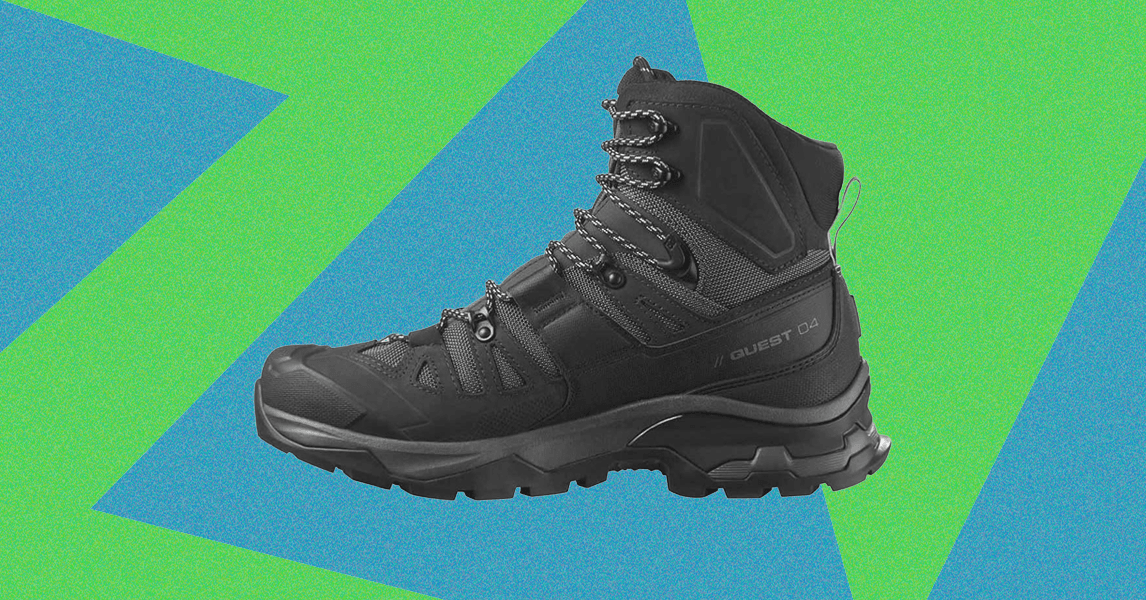Buying the most feature-packed, premium-priced walking shoes doesn’t guarantee you a comfortable fit. A good pair of hiking shoes should be comfortable, but never tight, and stay comfortable no matter how far you hike. Here’s how to dial in the right fit.
Know your size: Specialist retailers will have universal measuring tools (known as the Brannock device) to check the length, width and arch of your foot. Some people can also measure volume. With this information they will be able to suggest brands that cater to your specific foot shape. If you’re shopping online, most brands and retailers will have size charts for your reference, but you can also download a printable Brannock size chart from Meindl.
Wear hiking socks: This seems obvious, but when you’re wearing your walking shoes and boots, wear the same socks you enjoy walking with. Take them with you to the store, or ask for a sample pair.
Leave it late: Ideally you’ll want to wear your new shoes at the end of the day or after you’ve been on your feet for a few hours. Feet swell slightly over time, so it is advisable to try the shoes on when they are in their largest size to help alleviate any potential pressure points.
Check for suspicious seams: It only takes a small knot or knotted stitch on the inside of your boot to cause irritation and possible blisters. Manufacturing errors may occur so brands and retailers will be happy to replace it.
Walk in them: Difficult in the store, but at home make sure you wear your running shoes indoors for a few hours before deciding. It is important to find out if the boot is comfortable or too tight, and detect any potential irritation.
